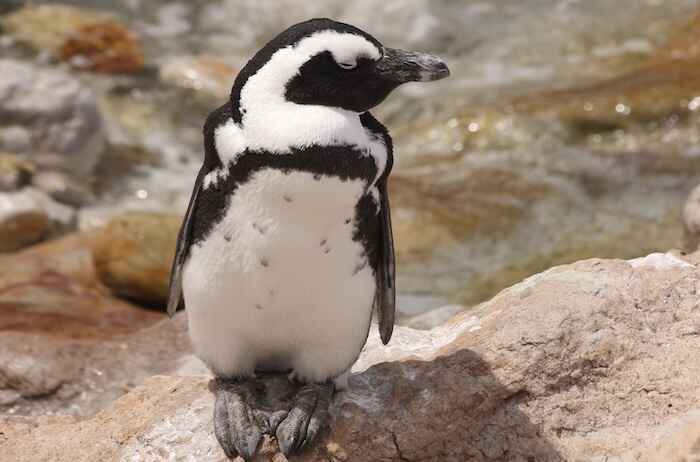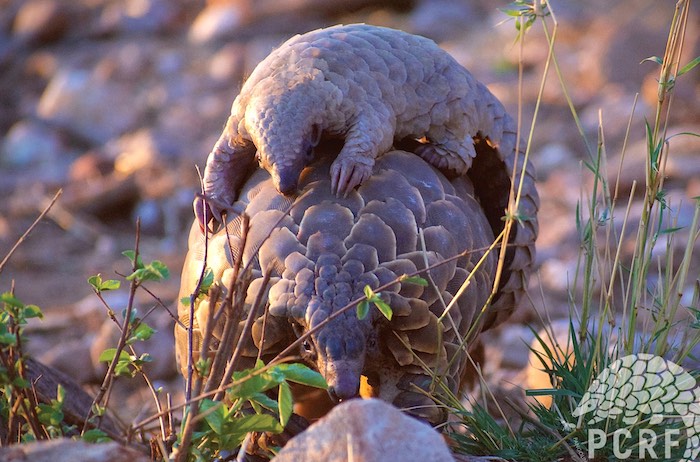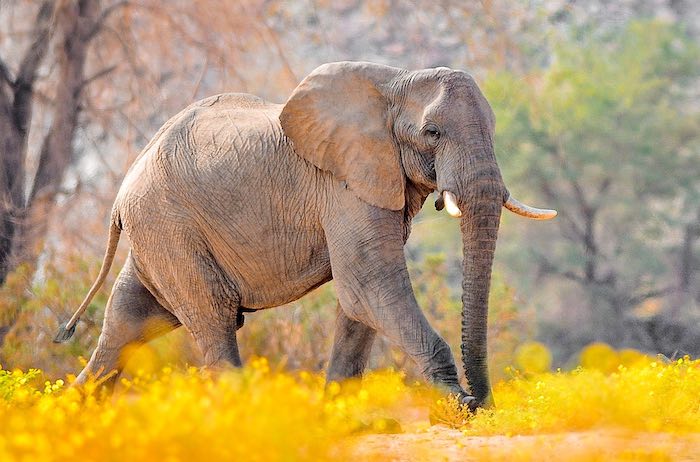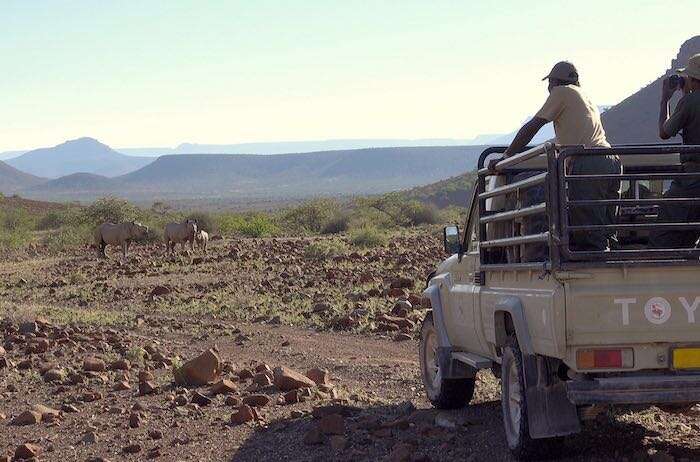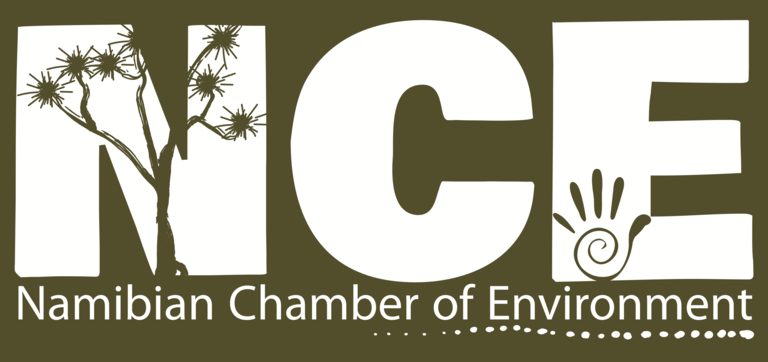
Eyes in the wild: How camera traps are safeguarding Namibia's natural heritage
9th November 2025
9st November 2025
At dawn in the Kwandu Conservancy, an elephant pads silently across the floodplain. Unseen by human eyes, its image is captured by a hidden lens nestled in the underbrush. This photo is more than a marvel; it is proof that conservation is working.
Namibia's biodiversity is under increasing pressure. Poaching, habitat degradation, and human-wildlife conflict threaten the delicate balance of our ecosystems. However, in the Zambezi Region, a quiet transformation is underway. Thanks to the Wildlife Credits initiative, supported by Germany's Development Bank (KfW), FirstRand Namibia, The Lion Recovery Fund, and Distell, communities are using technology to protect wildlife and reimagine conservation.
From tradition to technology
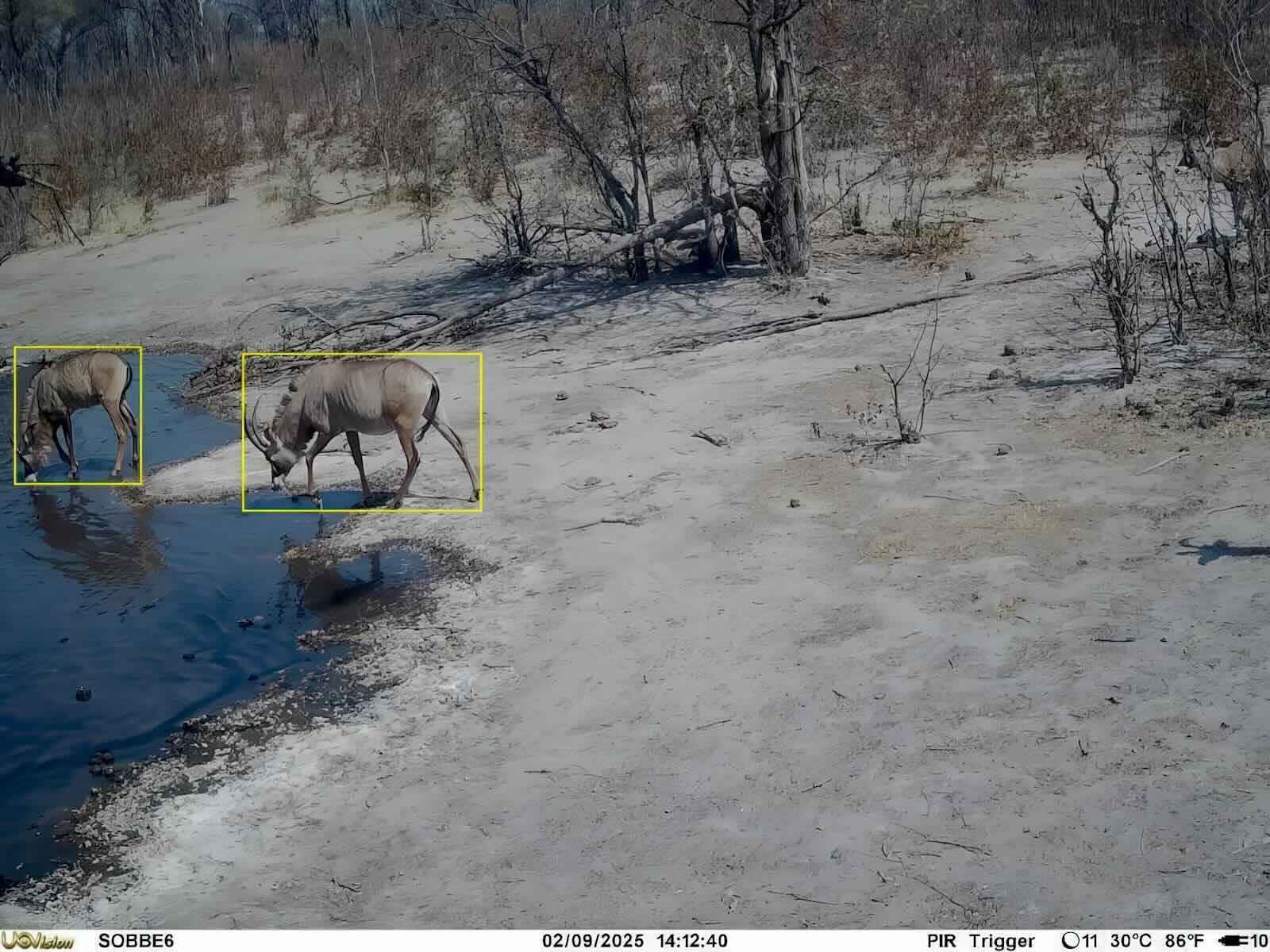

Namibia has long been a global leader in community-based conservation. Since the 1990s, communal conservancies have empowered local people to manage and benefit from their natural resources. Today, camera traps are adding a new layer to that legacy. Using new-generation camera traps that submit images in real-time, we can already gain valuable insights into wildlife activity across Bamunu, Sobbe, and Kwandu Conservancies. These motion-sensitive devices quietly capture animals in their natural habitats, helping conservancies confirm the presence of species and monitor biodiversity. From buffaloes to towering elephants, the cameras are revealing patterns in population size, habitat use, and movement, providing critical data to guide conservation efforts.
We are already seeing a rich stream of data flowing in through the online platform. It is a promising sign of how conservation technology can truly empower communities to protect biodiversity,
says Matthew Walters, WWF Namibia Programme Officer for Science and Technology. Furthermore, camera traps act as silent guardians across conservancy landscapes, capturing the movements of wildlife and detecting human activity. By recording species presence and alerting community game guards to unexpected human intrusion, they help monitor biodiversity while serving as an early warning system against illegal activities. This dual function strengthens protection efforts and ensures that core wildlife areas within conservancies remain safe and undisturbed.
Camera traps may capture the movements of Namibia's wildlife, but it's the people behind them who bring the wilderness to life. Game guards and community members read the land like a living map, placing cameras where footprints whisper stories and trails hint at hidden journeys. Their instincts, honed by generations of tracking and protecting, turn technology into a powerful ally in conservation. In Namibia, conservation is not just about tools. It is about trust, tradition, and the tireless footsteps of those who walk in the wild.
Conservation that pays

In Namibia's communal conservancies, wildlife is more than a symbol of natural beauty; it is a vital part of the local economy. It is a source of income. Through Wildlife Credits, conservancies receive performance-based payments for verified sightings of key species and the protection of wild spaces.
Notably, when camera traps capture images of species listed on the IUCN Monitoring List, conservancies earn bonus payments in addition to their standard Wildlife Credits, further reinforcing the value of preserving endangered wildlife. This approach rewards communities for maintaining healthy ecosystems and protecting biodiversity.
Camera traps are essential to the Wildlife Credits model. By capturing clear, time-stamped images of species like elephants, lions, and African wild dogs, they provide verifiable data that confirms their presence in each conservancy. These species all have significant value for conservation, but can cause high levels of human-wildlife conflict by damaging crops, killing livestock, and causing other problems. Wildlife Credits helps communities to live with and conserve these species.
Besides verified sightings of particular species, Wildlife Credits rewards conservancies for maintaining wildlife corridors and zones. For instance, the Ehi-Rovipuka Conservancy receives payments through the Kunene Lion Project for tolerating and conserving desert-adapted lions in a region prone to human-wildlife conflict. Meanwhile, the Kwandu Conservancy earns credits for preserving vital wildlife corridors that support the movement of elephants and predators. The better a conservancy protects and documents its biodiversity, the greater its financial reward, thus incentivising communities to actively safeguard their natural resources. This ensures conservation efforts are recognised and sustained.
This system establishes a direct connection between conservation and community benefits. Funds earned through Wildlife Credits are managed by the conservancy itself, allowing the community to decide how best to reinvest them, whether in ranger patrol uniforms, infrastructure, or education. It ensures that conservation efforts are practical, measurable, and led by local communities.
Looking ahead
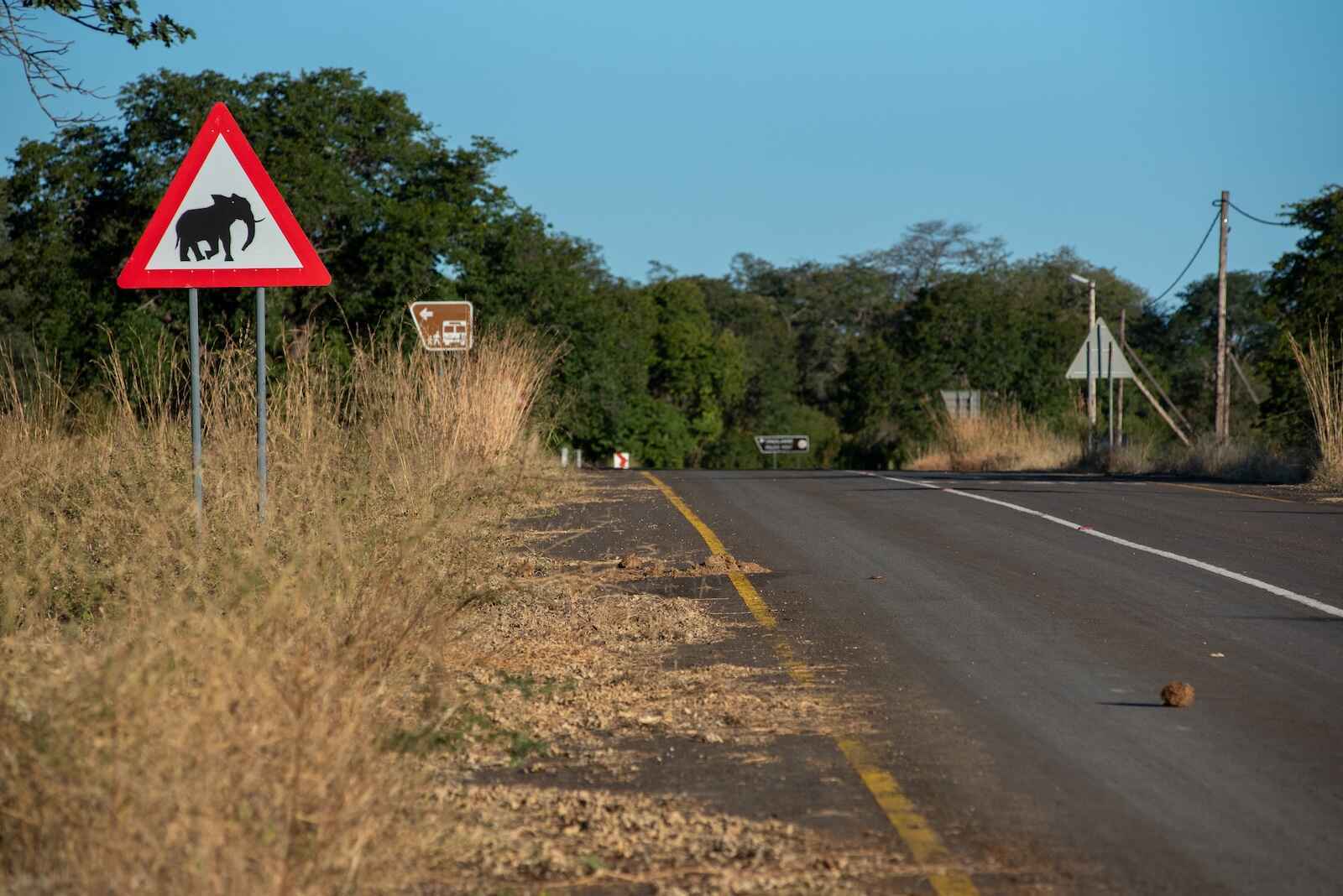
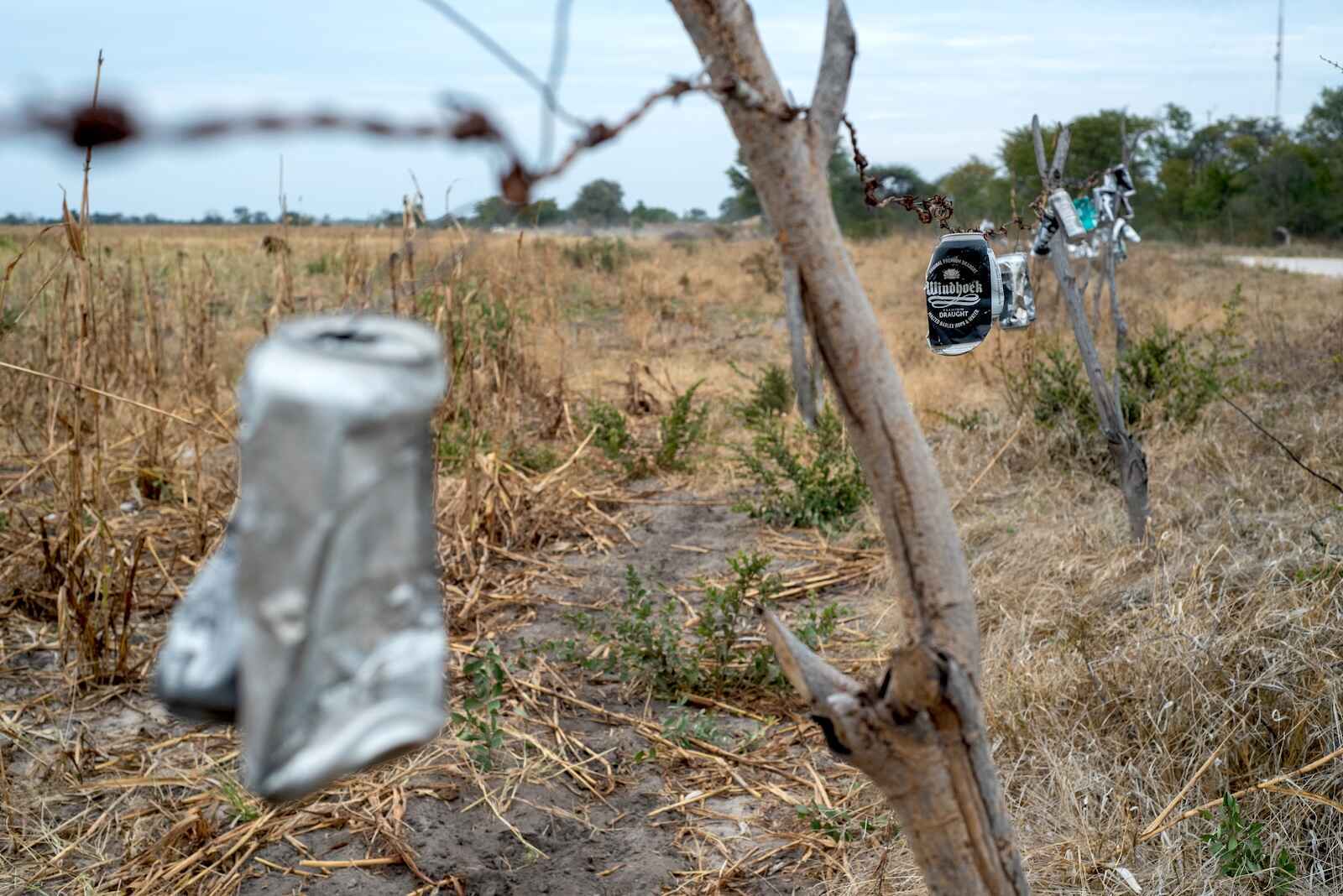
Imagine a Namibia where conservation is an integral part of everyday life, where wildlife thrives, and communities grow stronger. Lions roam freely, elephants carve paths through the savannah, and each image captured tells a story of resilience, renewal, and community dedication to conservation.
Namibia's wildlife is more than a national treasure; it is a living legacy. By championing community-led conservation, promoting sustainable land use, and harnessing tools like camera traps, we take meaningful steps toward protecting that legacy for generations to come.
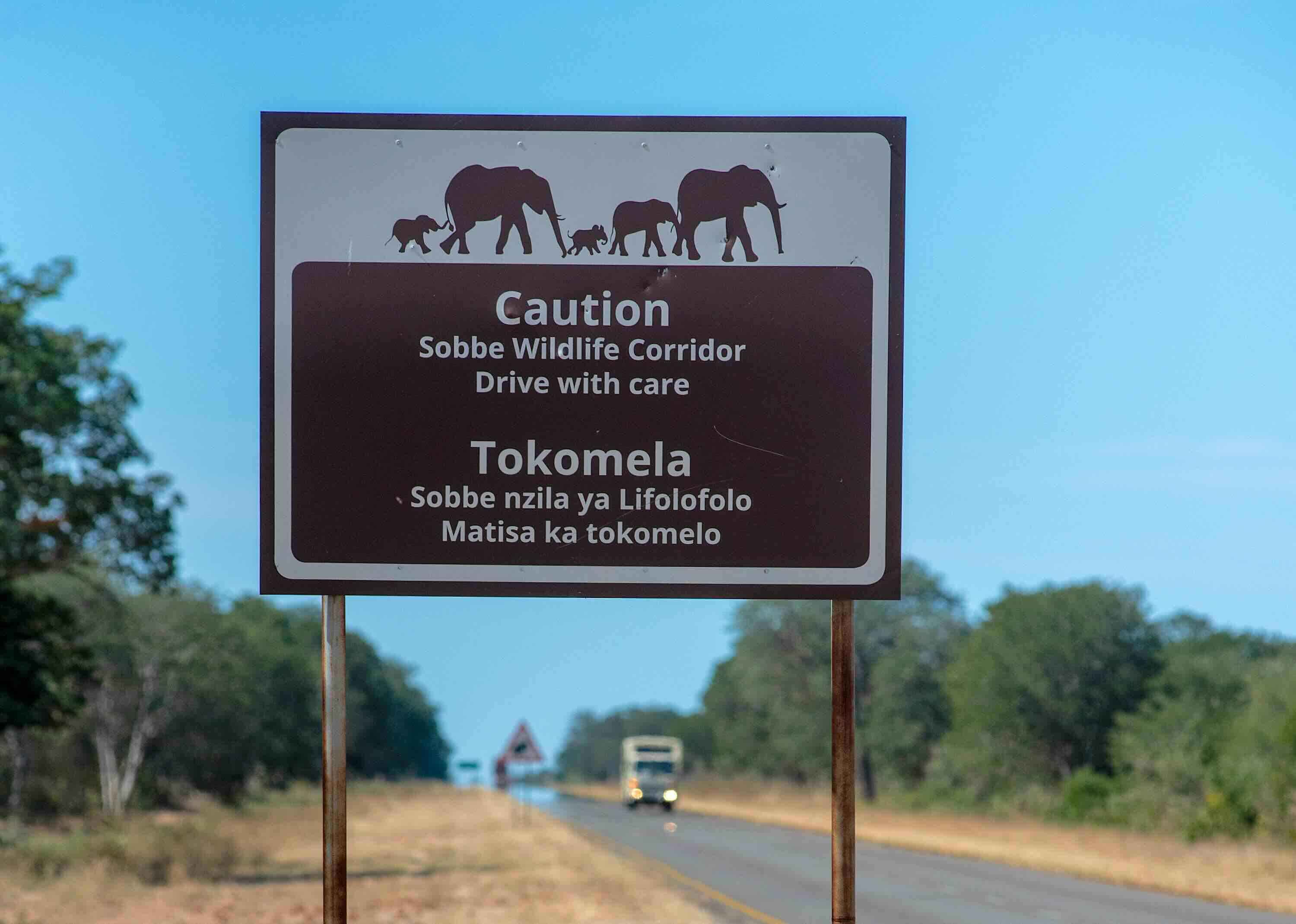
Join the movement today:
Every action counts in preserving Namibia's wildlife and supporting the communities that protect it. To learn more or support this initiative, visit: www.wildlifecredits.com or contact info@wildlifecredits.com
For articles on similar topics, please click one of the following options:
If you enjoyed this page, then you might also like:

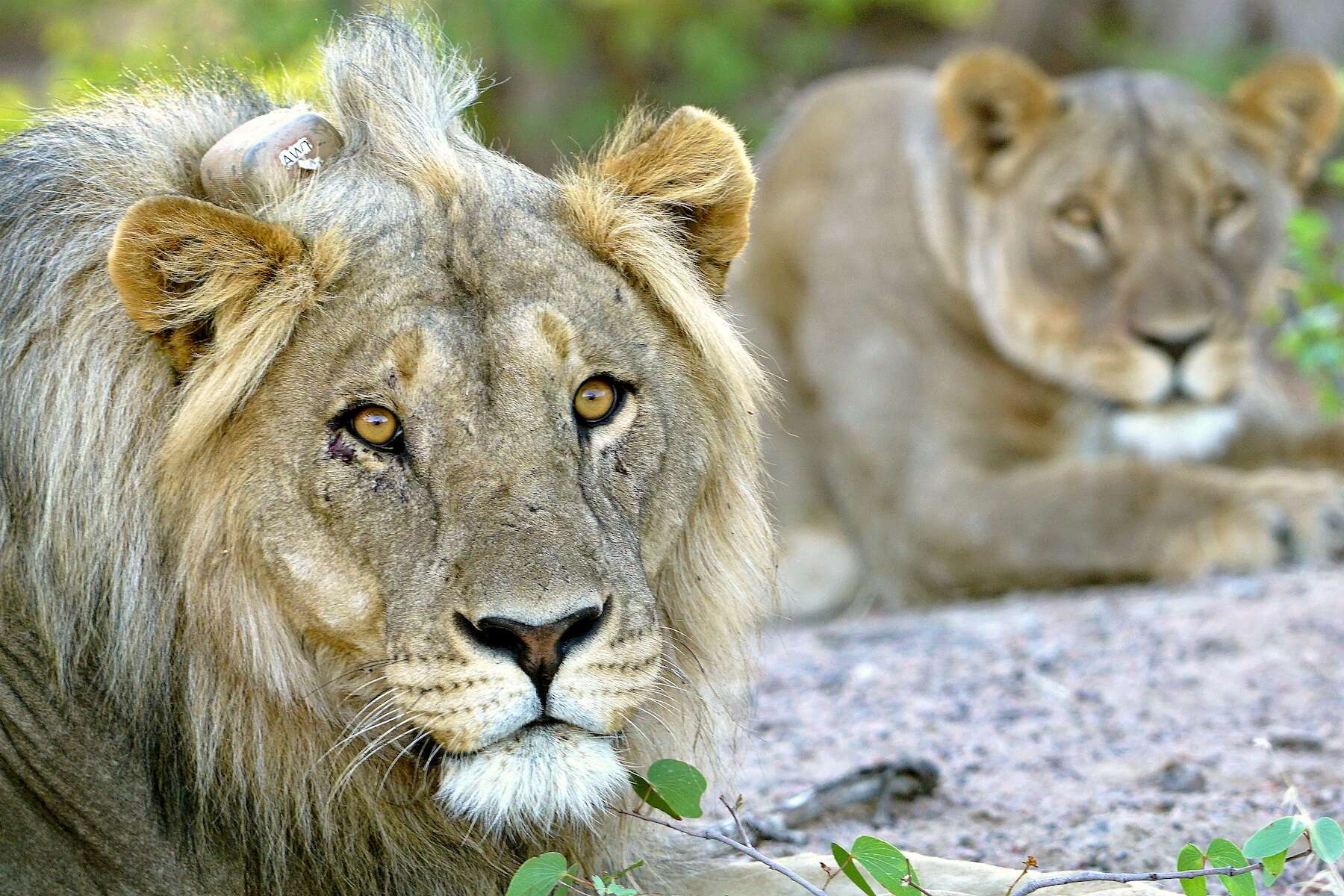
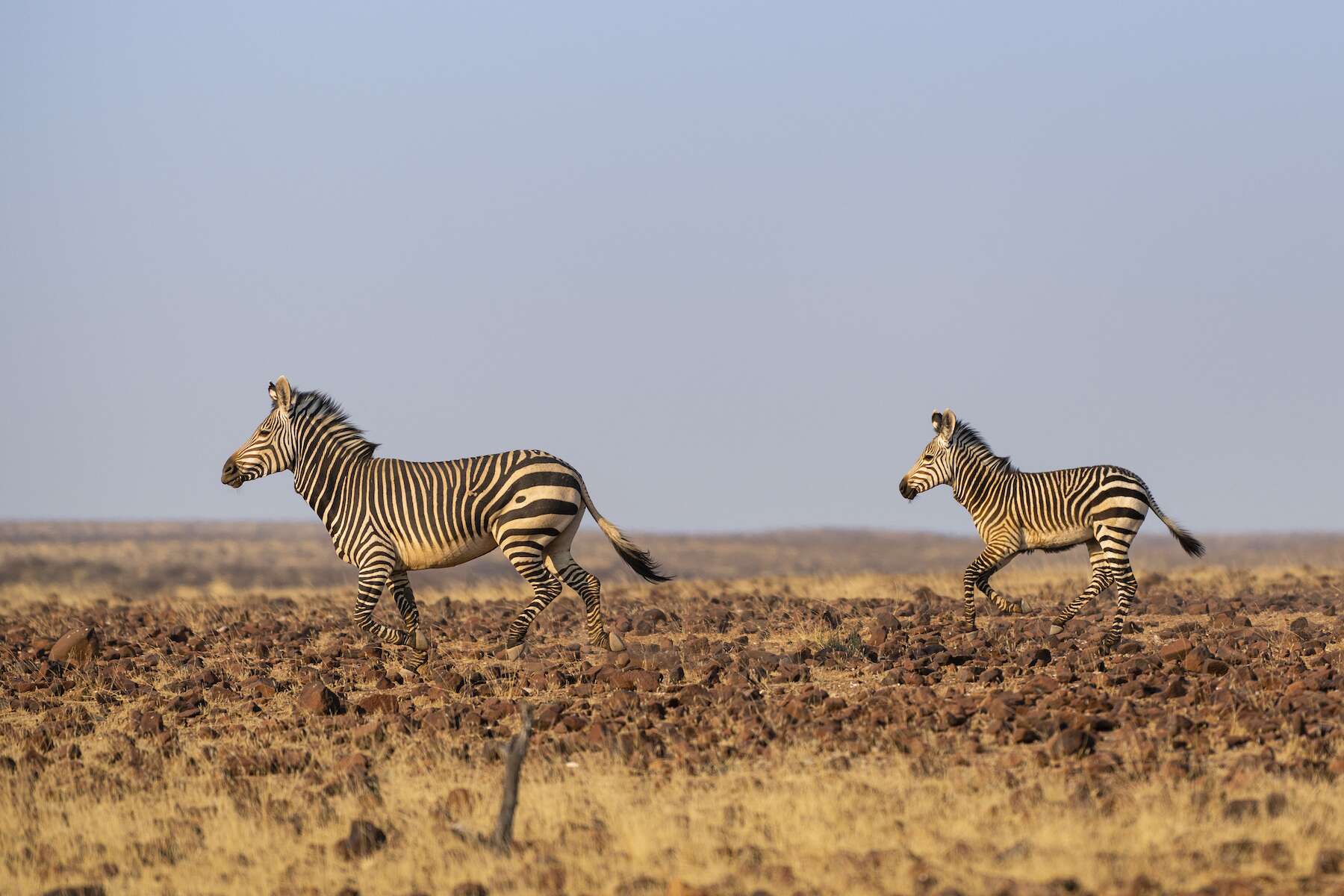
For more great articles from Conservation Namibia see below...
Conservation Namibia brought to you by:
We use cookies to monitor site usage and to help improve it. See our Privacy Policy for details. By continuing to use the site, you acknowledge acceptance of our policy.
